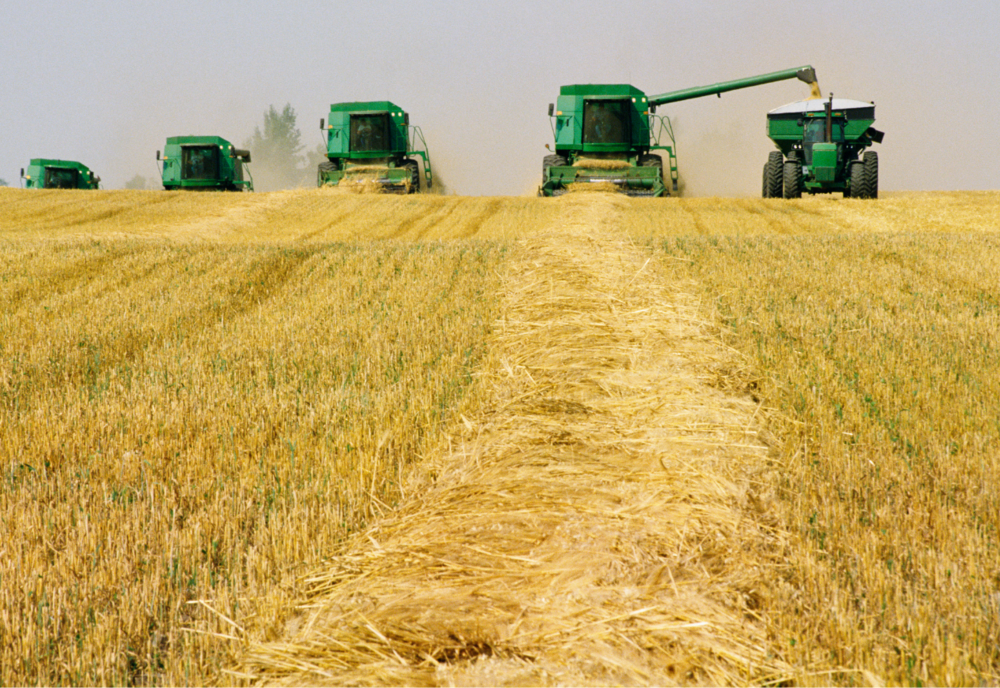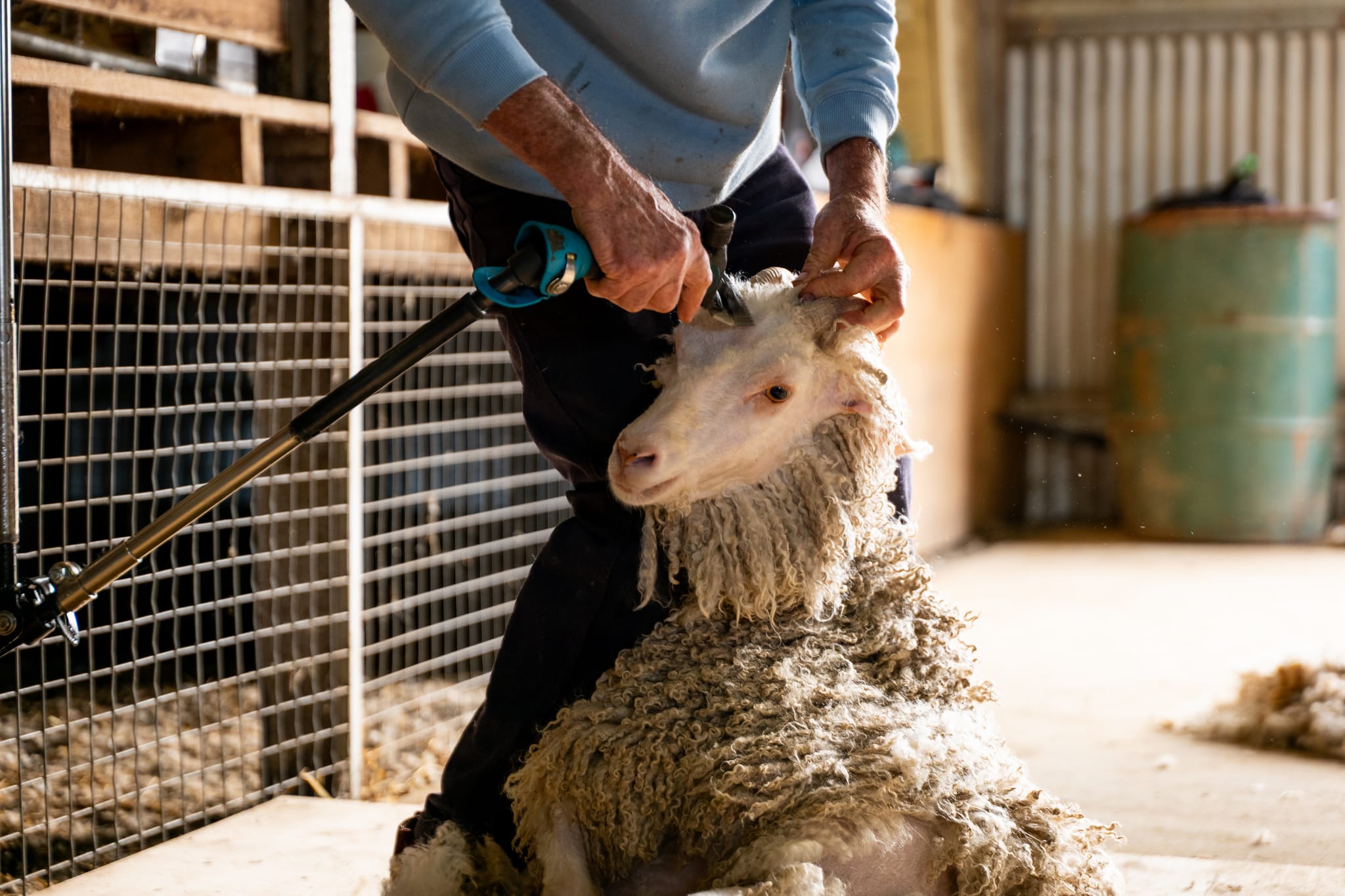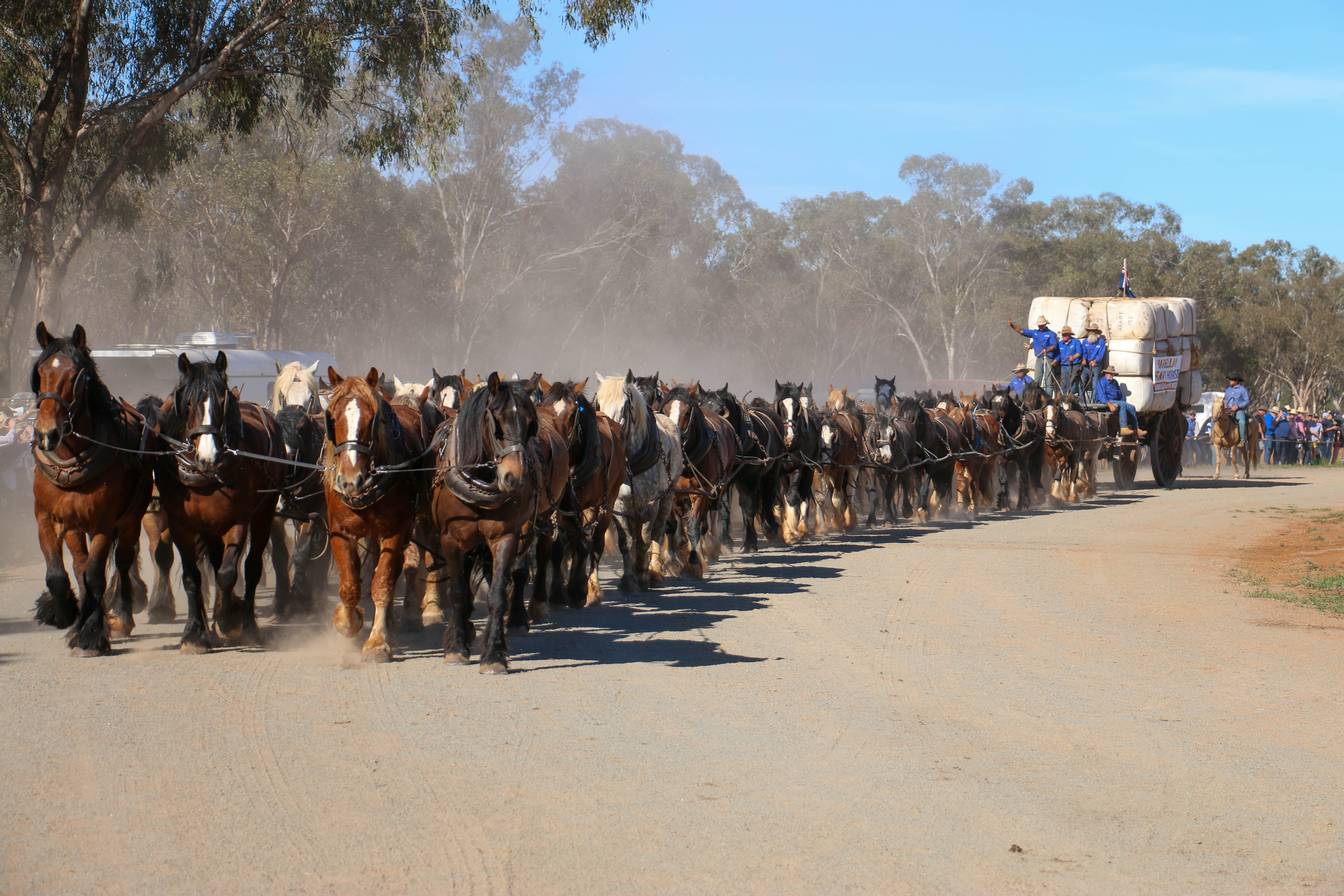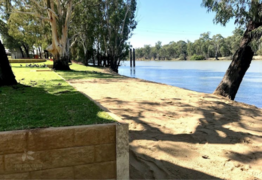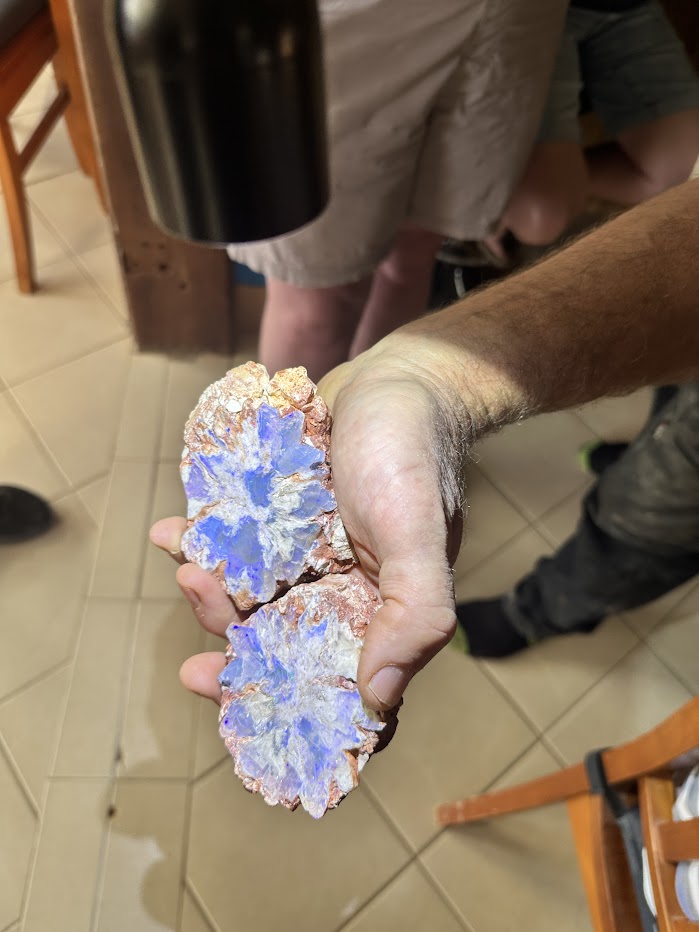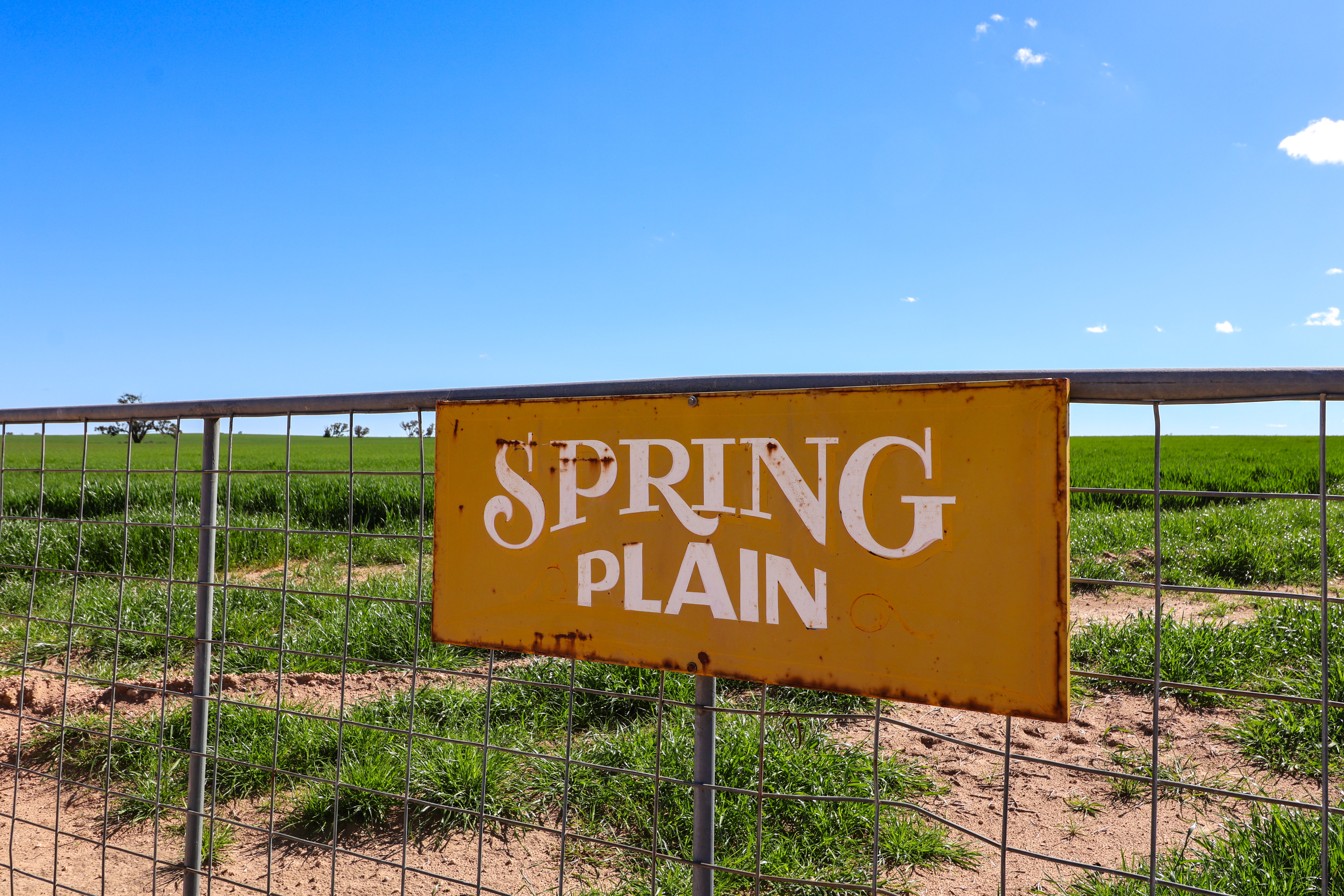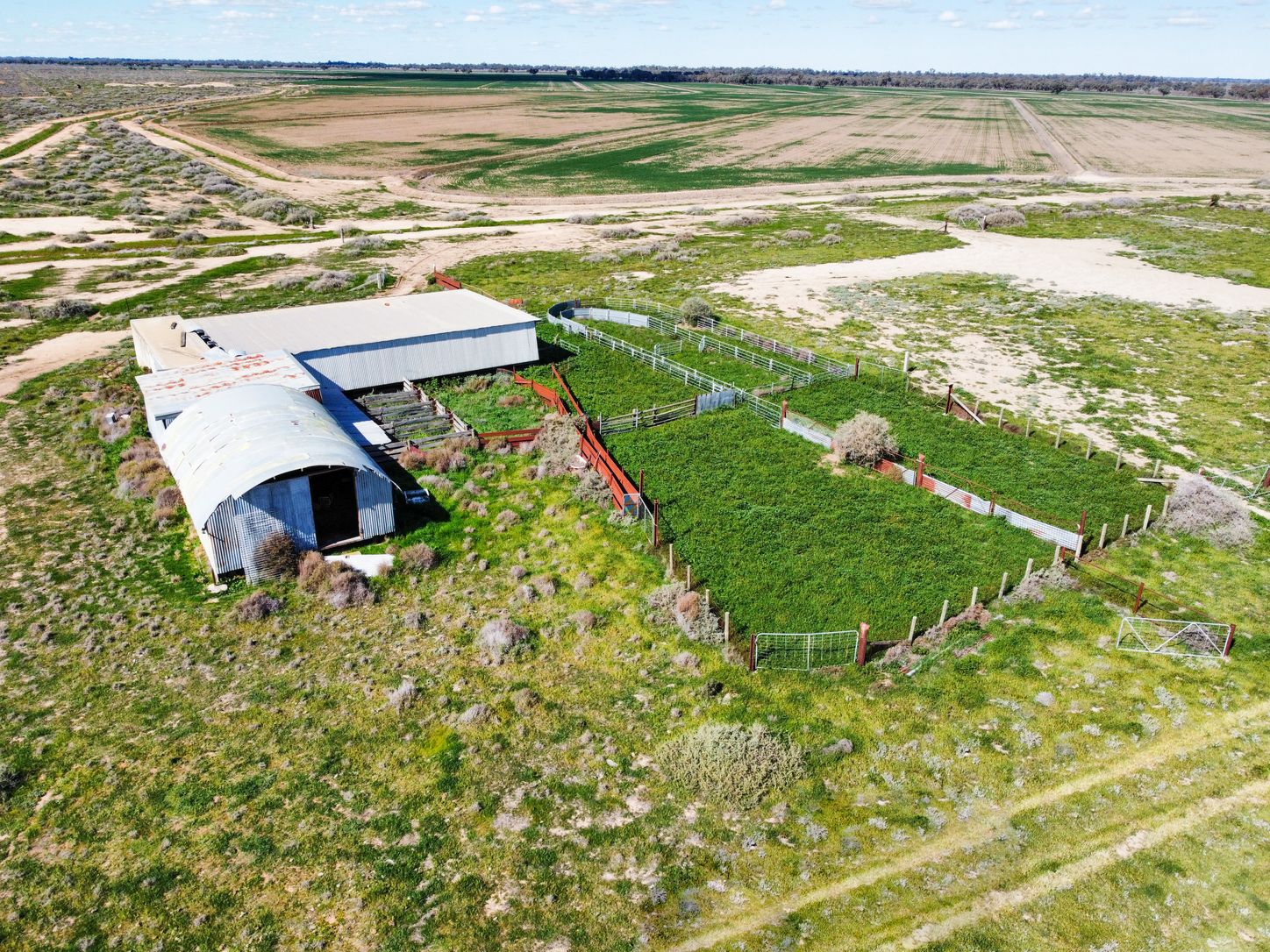New invasive fish species threatens Lachlan River
Kimberly Grabham
22 October 2025, 10:00 PM

The Lachlan catchment is facing another unwelcome addition to its growing list of exotic fish species, with oriental weatherloach likely already establishing populations in the river system.
The Murray-Darling Basin's inland rivers already support numerous invasive species, including large carp populations, oversized goldfish, predatory redfin and trout, and small gambusia (mosquitofish), all of which place pressure on native fish populations. Oriental weatherloach, an eel-like species originally from Asia, first entered Australia through the aquarium trade. Wild breeding populations were identified in Victoria during the 1980s, and following the Millennium Drought-breaking floods, the species spread throughout the Murray River to South Australia and colonised the Murrumbidgee.
The species was initially discovered in the Great Cumbung Swamp, where the Lachlan and Murrumbidgee rivers meet, in the early 2000s.
However, recent survey work has detected weatherloach upstream of Oxley Weir, suggesting further colonisation of the Lachlan is highly probable.
Dr Adam Kerezsy from Dr Fish Contracting said the bottom-dwelling species poses significant risks to native fish.
The weatherloach's habitat preference puts native species including catfish, Murray cod and several smaller fish at risk, as these species either inhabit or nest near the river bottom.
A particular concern is the weatherloach's ability to survive in low-oxygen conditions and even out of water for brief periods, allowing them to access isolated wetlands and small ponds where frogs and other floodplain species breed. Dr Kerezsy is encouraging fishers and landholders to report sightings of eel-like creatures in shrimp pots or squirming between puddles after rain, as these may indicate weatherloach have established in the area.
NEWS
SPORT
RURAL
COMMUNITY
JOBS
VISIT BALRANALD
VISIT OUTBACK NSW
COMMERCIAL PROPERTY
